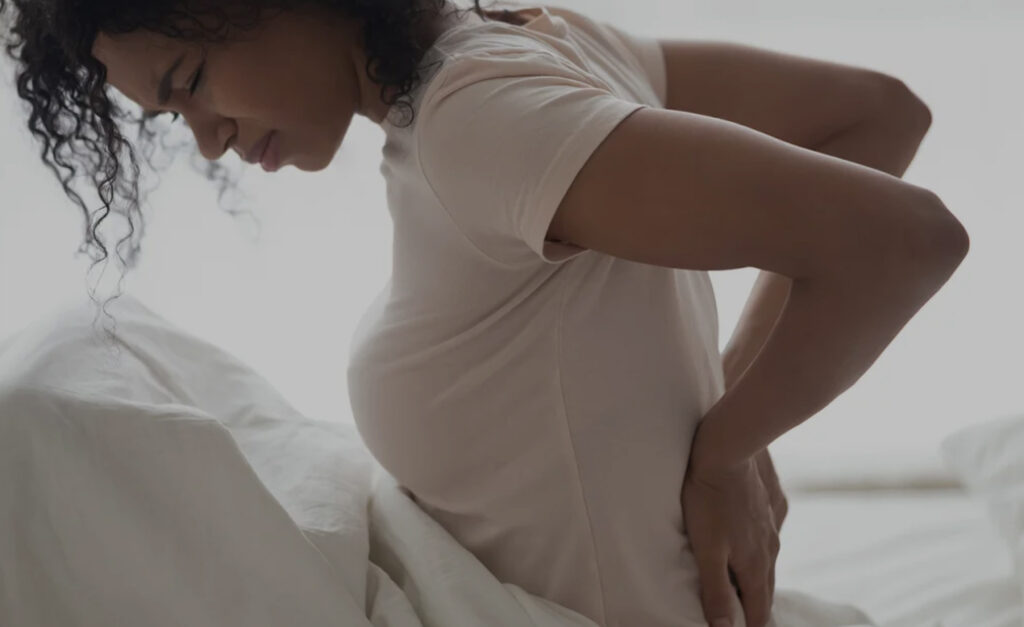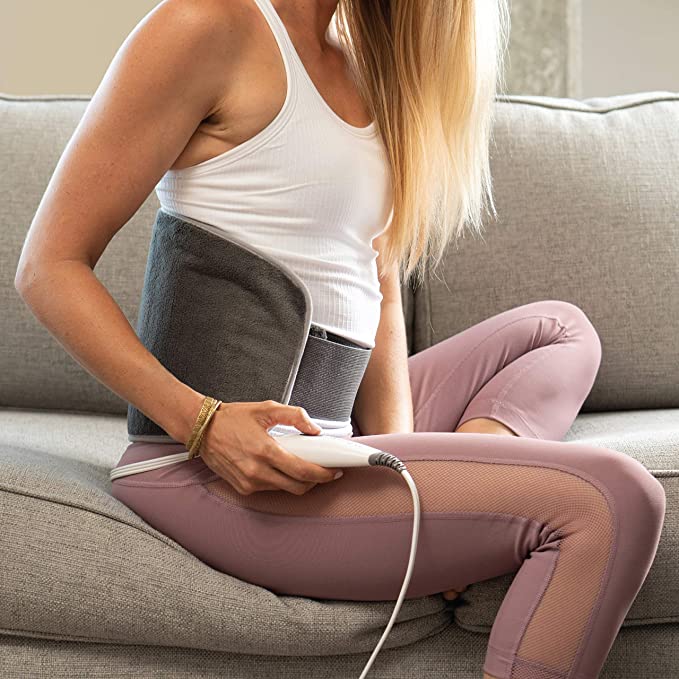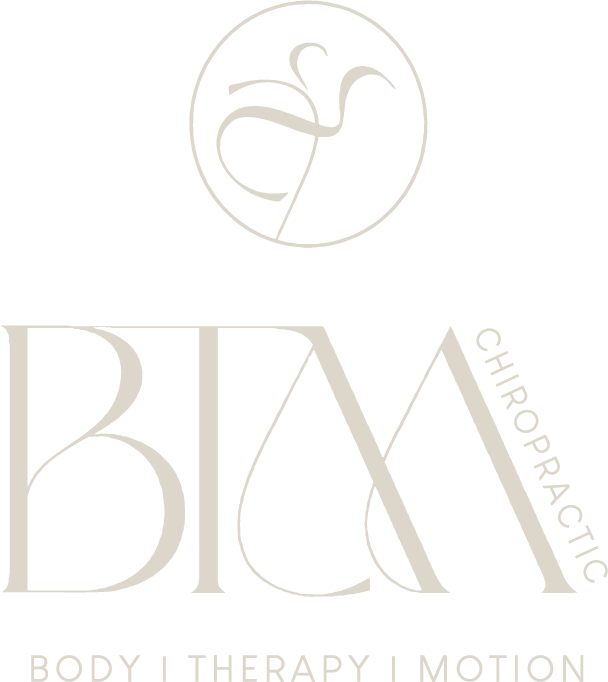Let me paint you a picture. Think of those long days where you have been on your feet the entire day. Walking countless of hours, running up and down after your kids, in the shops standing in long queues. For some, imagine having a really taxing training session and the next day your back feels like it’s been through war. Imagine those days where you are lifting up heavy objects, waking up from an uncomfortable sleeping position and sitting for long hours at work. Let’s take it a step further; imagine doing the above activities repetitively, day in and day out. At this point, our backs are screaming at us for help for some sort of relief. What if I told you there is a solution to your problem.
Imagine taking that pain, stiffness, tension, local inflammation and/or nerve irritation that you may be experiencing and releasing all that pressure by removing the constant weight bearing forces that acts on your spine aiding your joints and surrounding soft tissue structure to stretch and “breath”. Yes, something like that does exist and it is called flexion distraction.
Let’s give it a definition. Flexion distraction is a type of manual therapy that is GENTLE, SAFE and EFFECTIVE. It functions by providing a form of traction in a non-weight bearing manner that flexes and side flexes the spine. It is designed specifically to target the middle to lower spine for pain relief.
Flexion distraction is commonly used amongst chiropractors in South Africa and even overseas. It is used for conditions relating to nerve irritations such as disc herniations, “sciatica”, impingement syndromes, stenosis as well as any muscular related mid-lower back pain conditions. The amount and frequency of sessions that are needed is specific to each patient but usually requires a few consecutive sessions to achieve results.
Its function is simple. The non weight bearing form of traction that is applied to the spine decreases pressure that is placed on our discs. Intradiscal pressure is caused by a variety of factors but a common factor is by sitting for prolonged periods at a time specifically in a slouched position which places a constant compression force on our spine. Furthermore, it allows our discs to hydrate, restoring the discs to its natural form. Think of our discs like a sponge. It starts out looking dry and shriveled up and during traction, it absorbs all the water, becoming nice and full like a sponge absorbing water. Disc hydration plays an important role in increasing the discs ability to absorb shock, decrease inflammation and pain that is associated with conditions relating to an irritated disc and speeds up the healing process.
By creating “space” within our joints, it also decreases joint pain, inflammation and corrects any impingement that may occur within our joints. It stretches the surrounding ligaments, tendons, joint capsule and other soft tissue structures aiding in a reduction of pain, inflammation and stiffness associated with these soft tissue structures.
Traction increases your mind and body awareness, stimulating your brain to focus on the structures being treated. Flexion distraction together coupled with an adjustment of the lower back is the perfect combination for your lower back pain and a game changer for nerve related conditions.
It sounds perfect, but what’s the catch? Well, like any conservative treatment therapy, if a patient has an acute lower back painful condition or has an extremely inflamed disc, caution needs to be taken on the degree at which flexion and/or distraction of the spine that takes place. Too much can cause an aggravation of the symptoms. This is why it is important to make sure this is conducted by a trained practitioner only.






